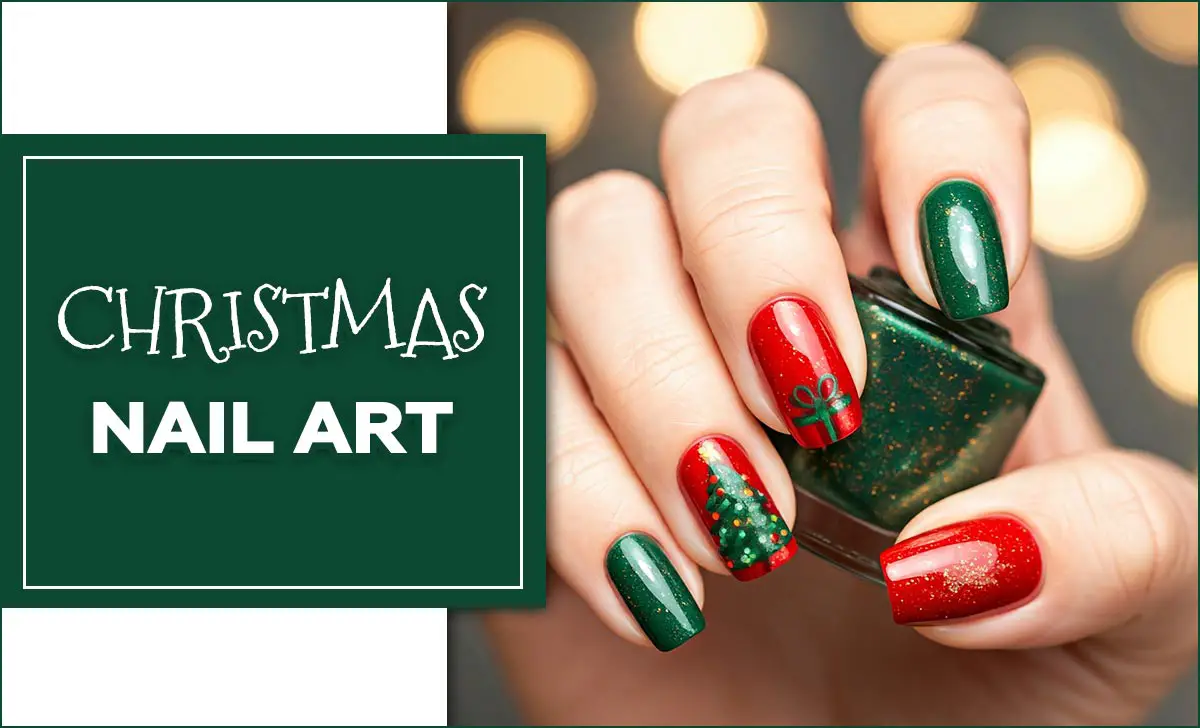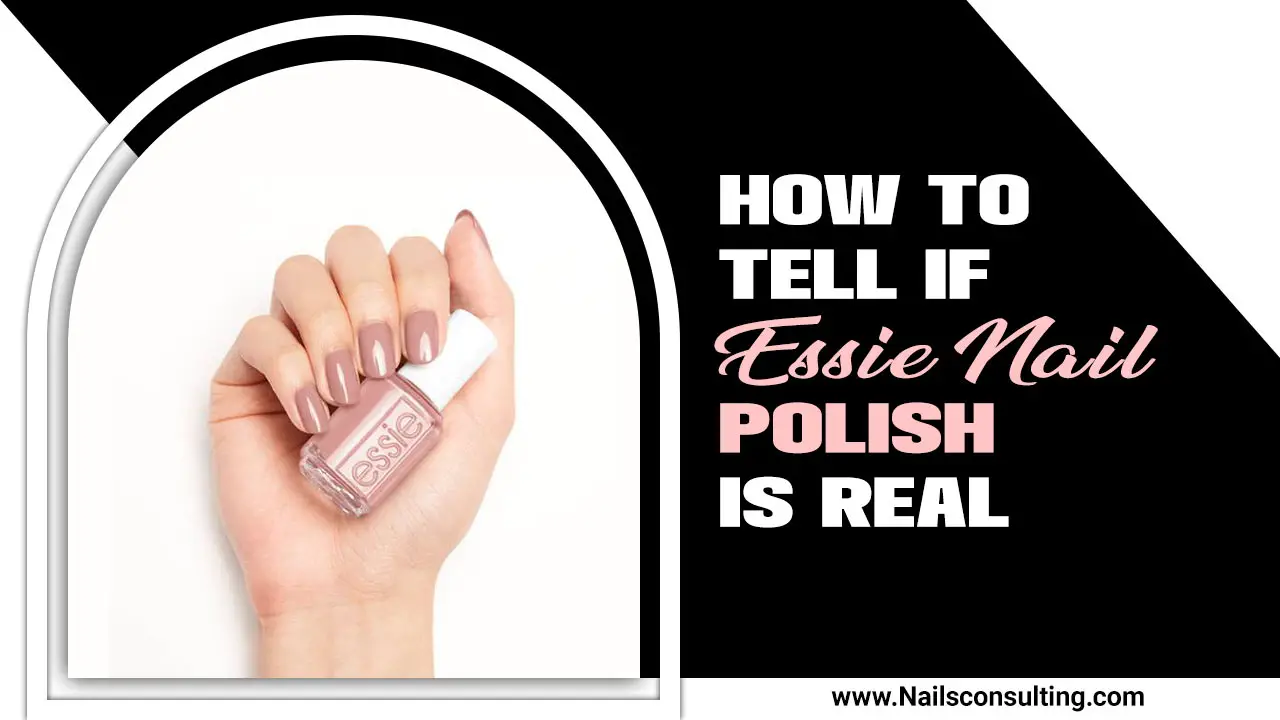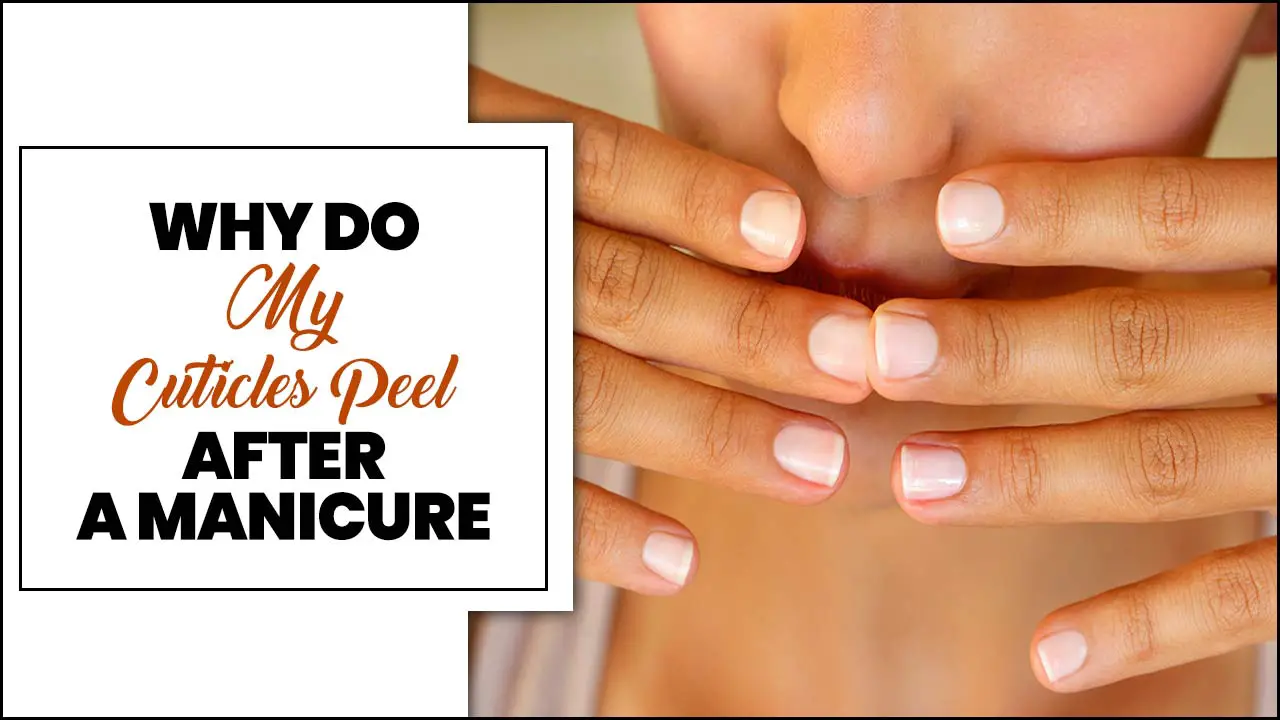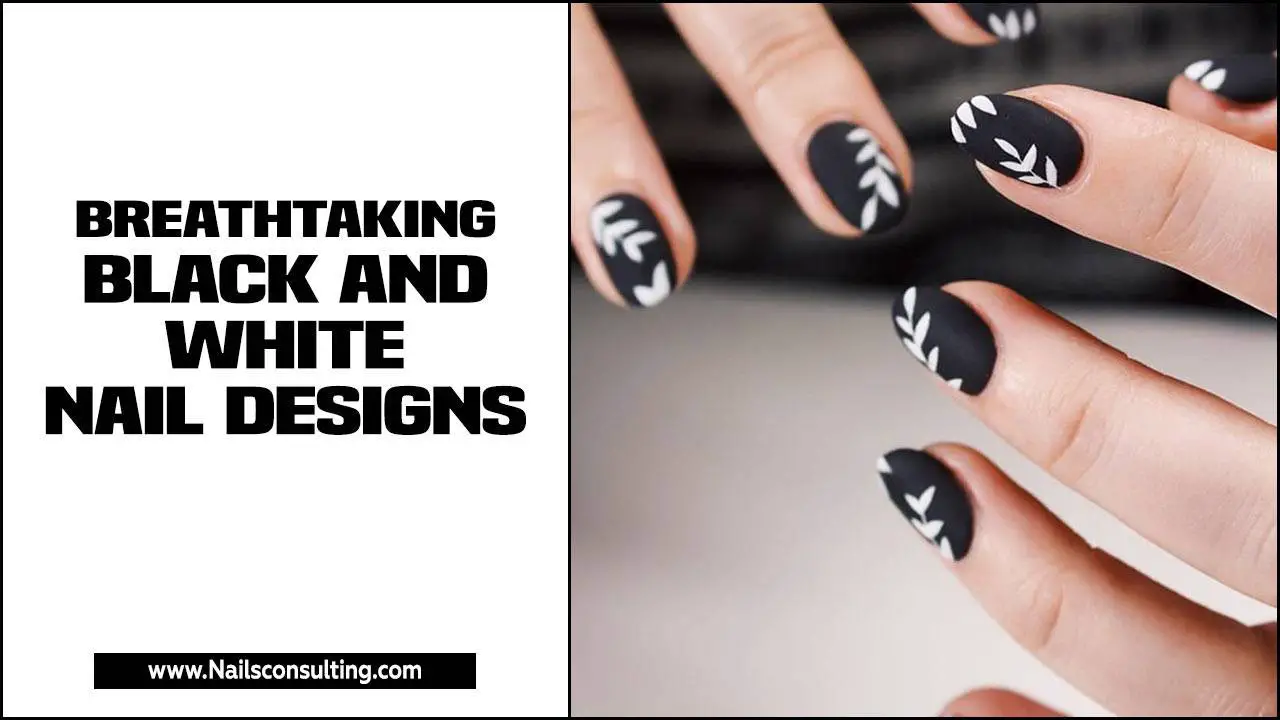Quick Summary: To cure gel polish properly, ensure you use the correct UV/LED lamp for the recommended time per coat. Proper curing means a long-lasting, chip-free manicure. Follow these essential steps for salon-quality results at home!
Ever felt that frustrating moment when your beautiful gel manicure smudges or chips just a day or two after you’ve spent ages perfecting it? You’re not alone! It often boils down to one crucial step: curing. Getting the curing process right is like the secret handshake for a super shiny, durable gel mani. It ensures your polish hardens correctly, giving you that gorgeous, long-lasting finish we all crave. Don’t worry, it’s not rocket science! This guide will break down exactly how to cure gel polish like a pro, so you can ditch those annoying smudges and enjoy your stunning nails for weeks.
Why Proper Gel Polish Curing Matters
Gel polish is a bit different from regular nail polish. Instead of air-drying, it needs a special light source to harden, or “cure.” This light causes a chemical reaction that transforms the liquid gel into a solid, durable coating. If this curing process isn’t done correctly, several things can go wrong:
- Smudging and Peeling: Even a slightly under-cured layer won’t bond properly, leading to premature smudging or peeling.
- Chipping: Without full curing, the polish is more prone to chipping, especially with daily activities.
- Gooey Surface: Sometimes, you might end up with a sticky, uncured layer on top, which looks unprofessional and can transfer onto things.
- Shortened Wear Time: The whole point of gel polish is its longevity. Improper curing drastically reduces how long your manicure will last.
- Potential for Sensitivity: In some rare cases, under-cured gel can lead to skin sensitivities or allergic reactions. Ensuring full cure minimizes this risk.
Think of it like baking a cake. If you pull it out of the oven too early, it’s gooey in the middle. Curing gel polish is similar; it needs the right amount of time under the right kind of “heat” (the UV/LED light) to set perfectly.
Understanding Your Curing Lamp: UV vs. LED
Before we dive into the ‘how-to,’ let’s quickly talk about the magic tool: the curing lamp. There are two main types you’ll encounter:
UV Lamps
These are the older technology. They use ultraviolet (UV) bulbs to cure the gel polish. While they work, they generally take longer (around 2 minutes per coat) and the bulbs need replacing every so often. Some people also express concerns about UV exposure, although the time spent with your hands under a nail lamp is minimal.
LED Lamps
LED (Light Emitting Diode) lamps are the newer, faster, and generally preferred option for home use. They cure gel polish much quicker, typically in 30-60 seconds per coat. LED lamps are also more energy-efficient and their bulbs last much longer. Most gel polish brands formulate their products to work best with LED lamps.
Tip: Always check the gel polish manufacturer’s recommendations. Some polishes might specify which type of lamp works best or even state if they are ‘UV/LED curable’.
Essential Tools for Proper Gel Curing
To get that perfect, hard cure, you’ll need a few key items. Thankfully, most of these are standard for any gel manicure:
- Gel Polish: Make sure it’s specifically a ‘gel polish’ that requires curing.
- UV or LED Curing Lamp: As discussed above, choose one that suits your needs. For beginners, an LED lamp is usually the easiest and fastest.
- Base Coat: This creates a foundation for your color and helps it adhere better.
- Color Coat(s): Your chosen shade of gel polish.
- Top Coat: This seals the color and provides shine and protection.
- Isopropyl Alcohol (90% or higher): Used for cleaning the nail and removing the sticky layer after curing.
- Lint-Free Wipes: Essential for a clean application and removal of the sticky layer without leaving fibers behind.
- Nail File and Buffer: For preparing the nail surface.
- Cuticle Pusher/Orange Wood Stick: To gently care for your cuticles.
Step-by-Step Guide: How to Cure Gel Polish Properly
Now for the main event! Following these steps carefully will ensure your gel polish cures beautifully every single time, giving you a manicure that lasts.
Step 1: Prepare Your Nails
This is crucial for any manicure, gel or otherwise. A clean, smooth surface helps the polish adhere better and cure more evenly.
- Start by gently pushing back your cuticles with a cuticle pusher or orange wood stick.
- If needed, trim any excess cuticle skin.
- Lightly buff the surface of your nails with a fine-grit buffer (around 180-240 grit). You’re not trying to file down your nails, but just to remove excess shine and create a slightly rough surface for the polish to grip onto.
- Wipe away any dust with a lint-free wipe slightly dampened with isopropyl alcohol.
Step 2: Apply the Base Coat
The base coat is your gel polish’s best friend. It protects your natural nail and provides a sticky surface for the color to adhere to.
- Apply a thin, even layer of your gel base coat to each nail.
- Crucially: Cap the free edge of your nail by sweeping a little polish along the tip. This helps prevent chipping.
- Cure: Place your hand under your UV or LED lamp. Follow the manufacturer’s instructions for curing time – typically 30-60 seconds for LED and 2 minutes for UV.
- Don’t wipe off the sticky layer! This tacky surface is supposed to be there to help the color coat adhere.
Step 3: Apply the Color Coat(s)
This is where your chosen shade comes to life! The number of coats you need will depend on the polish’s opacity.
- Apply your first thin, even layer of gel color. Make sure to cover the entire nail, including capping the free edge. Apply carefully to avoid flooding your cuticles.
- Cure: Place your hand under the lamp for the recommended time (usually 30-60 seconds for LED, 2 minutes for UV).
- If you need a second coat for full opacity, repeat steps 1 and 2. Apply another thin, even layer, cap the edge, and cure thoroughly.
- Pro Tip: For very dark or vibrant colors, you might need a third coat. Always cure after each coat.
Important Note on Thin Coats: Applying gel polish in thin, even layers is paramount. Thick coats are much harder to cure properly. They can bubble, wrinkle, or remain sticky on the surface even after being under the lamp. Patience is key!
Step 4: Apply the Top Coat
The top coat is the finishing touch, providing shine, protection, and sealing everything in.
- Apply a thin, even layer of your gel top coat. Again, remember to cap the free edge.
- Cure: This coat usually needs the full curing time recommended by the manufacturer (often 60 seconds for LED, 2+ minutes for UV).
Step 5: Remove the Sticky Inhibition Layer
Most gel polishes, especially the color and top coats, will leave behind a slightly sticky or tacky layer after curing. This is called the inhibition layer and is completely normal.
- Once the final cure is complete, take a lint-free wipe saturated with isopropyl alcohol (90% or higher).
- Gently wipe over each nail to remove the sticky residue. You should be left with a smooth, shiny, and completely dry finish!
| Lamp Type | Base Coat (per coat) | Color Coat (per coat) | Top Coat (per coat) | Typical Shine/Finishing Wipe |
|---|---|---|---|---|
| LED Lamp | 30-60 seconds | 30-60 seconds | 60 seconds | Wipe with alcohol after final cure |
| UV Lamp | 2 minutes | 2 minutes | 2-3 minutes | Wipe with alcohol after final cure |
Always refer to your specific lamp and polish manufacturer’s guidelines, as times can vary slightly.
Troubleshooting Common Curing Issues
Even with the best intentions, you might run into a snag. Here are some common problems and how to fix them:
Problem: My gel polish is still sticky after curing.
Possible Causes:
- Under-curing: The most common reason. Your lamp might be too weak, or you didn’t leave your hand in long enough.
- Thick coats: Applying gel too thickly makes it hard for the light to penetrate and cure fully.
- Wrong lamp: Not all lamps work with all gels. Ensure your lamp is compatible.
- Expired product: Old gel polish can sometimes cure improperly.
Solutions:
- Increase your curing time slightly.
- Ensure all coats are thin and even.
- Double-check that your lamp is functioning correctly. Clean the bulbs/LEDs if necessary.
- Use fresh gel polish.
- Don’t panic! If it’s just a little sticky, a good wipe with alcohol should remove most of it. If it feels wet and gummy, you’ll likely need to remove it and start again.
Problem: My gel polish wrinkled or bubbled during curing.
Cause: This almost always points to a coat being applied too thickly. The light cured the top layer, but the uncured gel underneath couldn’t escape, causing the wrinkling. It can also happen if your lamp is too strong or too close to the nail.
Solution: Ensure you apply gel polish in very thin, even coats. Try holding your hand a little further from the lamp if it feels excessively warm. If it happens, remove the polish and reapply thinly.
Problem: My gel manicure is chipping at the tips.
Cause: You likely didn’t “cap the free edge” properly during application, or the coats were too thick. Capping means sealing the polish along the very tip of your nail.
Solution: Make sure you are applying a thin layer of base coat, color coat, and top coat along the free edge of your nail with each layer. This seals the polish and prevents lifting.
Problem: My gel polish faded or lost its shine quickly.
Cause: This can be due to insufficient curing of the top coat, or a poor-quality top coat. Sometimes exposure to harsh chemicals (like cleaning products) can also affect shine.
Solution: Ensure your top coat is cured for the full recommended time (or even a few extra seconds). Use a reputable gel top coat brand. Consider wearing gloves when doing household chores.
Curing Considerations for Different Polish Types
While the core principle of curing remains the same, there are a couple of nuances to be aware of:
One-Step Gels (No Base/Top Coat Required)
These “all-in-one” gels don’t require a separate base or top coat. You simply apply 2-3 thin coats of the color and cure each one individually. They usually still require a final wipe with alcohol to remove the inhibition layer. Always follow the product’s specific instructions.
Builder Gels and Polygel
These are typically more robust sculpting or extension gels. They are applied in thicker layers than regular gel polish and often require longer curing times or dual curing (meaning it needs both UV and LED or a very powerful lamp). The application process is also more involved, often requiring forms or tips for extension.
A great resource for understanding different nail enhancements and their curing needs can be found on sites like the U.S. Food & Drug Administration (FDA), which provides information on UV radiation safety and product standards.
Gel Polish with Added Effects (e.g., Cat Eye, Chrome, Glitter)
These often cure just like standard gel polish. However, for effects like Cat Eye gel, you’ll need to use a magnet before curing the color coat. Chrome powders are applied after the top coat (and sometimes after removing the inhibition layer of the top coat, depending on the product) and then sealed with another layer of top coat that is cured. Always follow the specific instructions for these specialty products.
Maintaining Your Gel Manicure for Maximum Longevity
Proper curing is the foundation, but a few extra habits will ensure your gel mani stays looking fabulous:
- Avoid Harsh Chemicals: When cleaning or doing chores, wear gloves to protect your nails from solvents and prolonged water exposure.
- Moisturize: Keep your cuticles and hands hydrated. Dryness can lead to brittleness and lifting. Use cuticle oil daily!
- Be Gentle: Avoid using your nails as tools. Don’t pick or peel at the polish if it starts to lift – it can damage your natural nail.
- File Carefully: If you need to trim your nails, use a fine-grit file designed for gel polish and always file in one direction to avoid snagging.
Frequently Asked Questions (FAQ)
Q1: How long does gel polish take to cure?
A1: With an LED lamp, it typically takes 30-60 seconds per coat. With a UV lamp, it takes about 2 minutes per coat. Always check your lamp and polish instructions.
Q2: Can I over-cure gel polish?
A2: It’s difficult to truly “over-cure” in the sense of damaging the polish with standard home lamps. However, leaving it in for a very extended period might cause it to become brittle. The main concern is usually under-curing.
Q3: Do I need a special lamp for gel polish?
A3: Yes, gel polish requires curing under a UV or LED lamp. Regular polish will not harden under these lights.
Q4: What is the sticky layer on gel polish?
A4: It’s called the inhibition layer. It’s a normal, uncured surface that remains after curing and helps the next layer of polish adhere. You remove it with alcohol after the final top coat.
Q5: Can I use a regular nail lamp for gel polish?
A5: “Regular nail lamp” can be confusing. You need either a UV lamp or an LED lamp specifically designed for curing gel polish. A simple fan dryer for regular polish won’t work.
Q6: My gel polish feels hard but still looks a little dull. What’s wrong?
A6: This often means the top coat wasn’t cured properly or wasn’t applied evenly. Ensure you apply a thin top coat, cap the edge, and cure for the full recommended time before wiping with alcohol.
Q7: Is it safe to put my hands under a UV lamp?
A7: The time spent with hands under a nail lamp is very short, and the risk is considered low by most industry professionals. However, if you have concerns about UV exposure, you can wear UV-protective gloves (often with cut-out fingertips) while curing.
Conclusion
Mastering how to cure gel polish properly is truly the secret to unlocking that salon-perfect, long-lasting manicure at home. By understanding your lamp, prepping your nails diligently, applying thin coats of base, color, and top coat, and adhering to the correct curing times, you’ll build a strong foundation for a chip-free, glossy finish that turns heads. Don’t be discouraged if your first few attempts aren’t flawless – practice makes perfect! With this guide and a little patience, you’ll be creating stunning, durable gel manicures that you can be proud of, expressing your unique style nail by nail. Enjoy your beautiful, perfectly cured nails!




